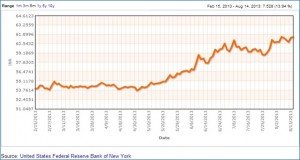


You might like reading:

World of 64 Squares | Dev Shah | TEDxNMIMSBangalore
Ever thought of decoding corporate learnings through the world of 64 squares? This talk signifies the analogy between people and chess pieces. Tags: KnittingVisions tedx tedxnmimsbangalore

Group Discussion IMM : Is Direct Democracy possible in India ?
Direct Democracy can be defined as a form or system of democracy giving citizens an extraordinary amount of participation in the legislation process and granting them a maximum of political self-determination. Can this work in India ? In Favour In a well-developed democratic country like India, direct democracy cannot be installed in the house of parliament causing inconvenience to the […]






























